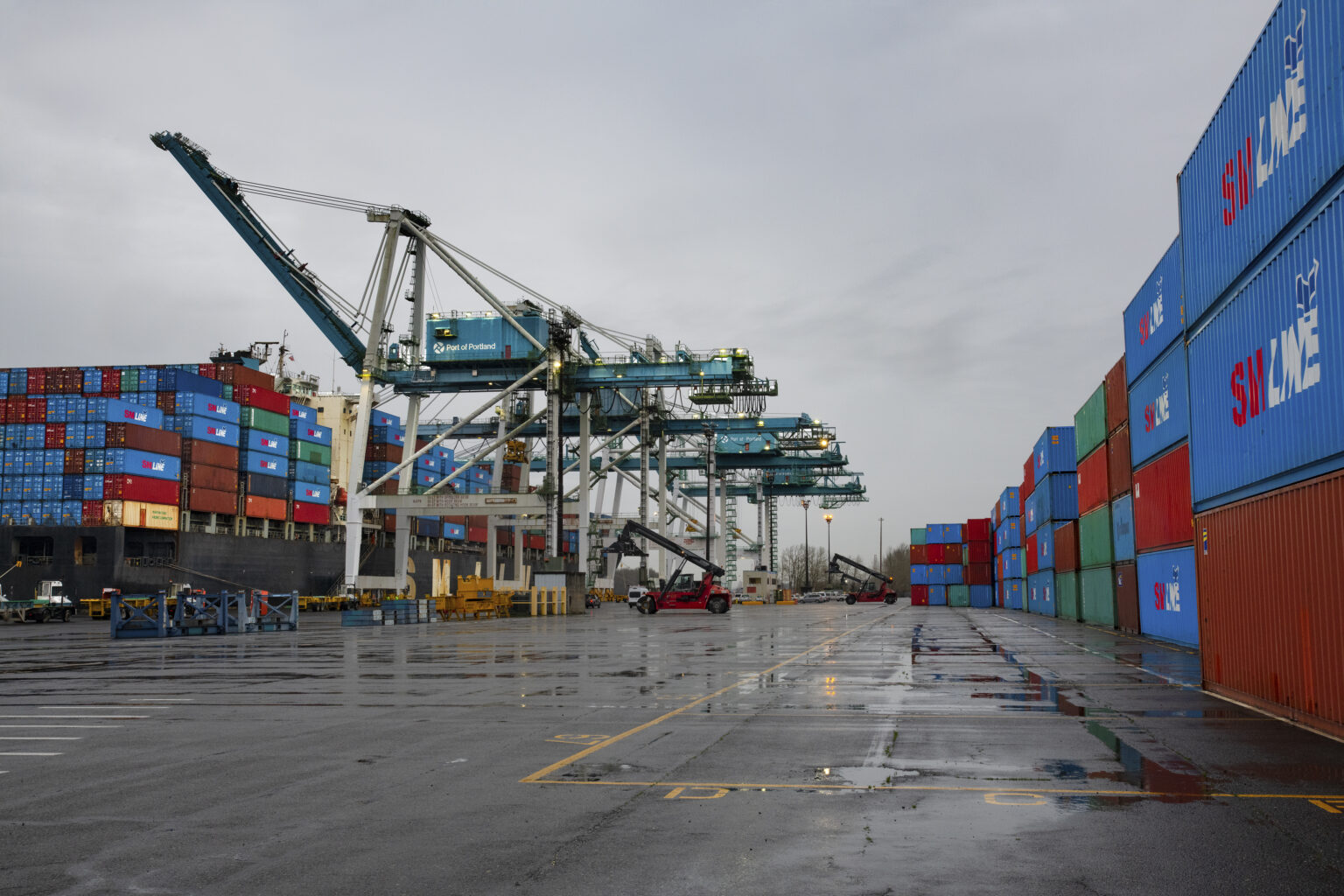Election update
Published 6:07 pm Friday, March 25, 2022
Spring officially arrived March 20 at 8:33 a.m., marking a change of seasons and a change of political tempo of Oregon’s political campaigns.
Along with blooming daffodils, Spring marked the awakening of any politicians still hibernating this long into the 2022 primary election.
Trending
Political ads returned to television and former governors popped out of retirement to announce their endorsements. Campaign “expenditures” tallied by the Secretary of State picked up pace.
On Monday, it will be just 50 days until the May 27 primary. News and moves as March comes to end include:
Primaries closed to over one million voters
Registered voters who are not affiliated with any political party have topped one million people in Oregon, accounting for the largest slice of the electorate. Non-affiliated registered voters topped one million renow top one million and account for the largest share of the electorate But they’ll have no say on who wins primaries on May 27 for governor, U.S. Senate, congressional and legislative seats.
First the numbers: Non-affiliated voters registration in March is 1,022,556. That surpasses the 1,019,668 registered Democrats. Republicans remain in third place, with 723,728. The Independent Party is the only other party with fairly large numbers, registering 139,674 voters. A host of other parties ranging from the Constitution Party on the right to the Progressive Party on the left account for 62,005 registered voters.
All those non-affiliated voters will be shut out of the May 27 primaries. Oregon gives political parties the right to determine who votes in their primaries.
Trending
Democrats only allow registered Democrats. Republicans allow only registered Republicans.
Oregon is a hold-out on using closed primaries. Washington in 2004 was the first state to go to “top two” primaries in which all candidates appear on the primary ballot and the top two vote-getters advance to the general election. California has used a similar system since 2010.
Oregon Republican Party chair Dallas Heard, a state senator from Roseburg, called for Republicans to open their 2022 primary. But the idea was rejected at a meeting of local political leaders.
The non-affiliated voters are not a bloc. Jim Moore, a political “There will be more registered Dems that vote in November 2022 than registered NAVs,” Stine said. “There’s a big population of now-registered voters (who are cycled into NAV) that will choose not to vote.”
McLeod-Skinner gets more party nods
County Democratic Party organizations in Clackamas and Marion County have endorsed Jamie McLeod-Skinner in her bid to beat U.S. Rep. Kurt Schrader in the May 17 Democratic primary for the 5th Congressional District. McLeod-Skinner previously won the endorsements of the Deschutes and Linn county parties. Multnomah County has not endorsed. There are a small number of voters in Jefferson County.
Kristof’s $1 million non-campaign
Former New York Times columnist Nicholas Kristoff’s 128-day campaign for governor rang-up over $1 million in spending before it was officially killed by the Oregon Supreme Court.
State campaign finance records show that through Monday, Kristof raised over $2 million since creating a campaign finance committee on Oct. 12, 2021. Secretary of State Shemia Fagan knocked Kristof off the ballot on January 20, saying he did not meet the residency requirement in the Oregon Constitution.
Kristof challenged Fagan’s interpretation in an appeal to the Oregon Supreme Court. It ruled against Kristof on Feb. 17, 2022.
The “Nick for Oregon” political action committee has reported raising over $2 million and spending $1,064,851.34.
Some of the top expenditures included $274,588.70 for legal work by the Seattle-based firm of Perkin Coie. Classic Choice of Wilsonville received $304,806.82 for “payroll wages” going to Kristof’s campaign workers. Bully Pulpit, a San Francisco digital marketing firm received $160,000 for ads categorized as “persuasion.” GMMB, a Washington, D.C. firm handling “media buys” was paid $98,875.99.
Kristof still has $1,051,548.25 in the bank. Fagan’s office said early this year that the money was not directly tied to her decision that ended Kristof’s campaign. The remaining funds can be returned to contributors, given to other campaigns, or remain parked in a dormant account while Kristof decides his political future.
As of Friday, the Secretary of State lists 34 candidates running for governor in the May 17 primary – 15 Democrats and 19 Republicans.
Triaging tiers of political candidates is tricky business. Portland television station KATU hoped to host a debate of governors candidate. Seeking to winnow the unwieldy field, it invited only candidates who had raised at least $775,000 for the race.
On the Democratic side, only two of the 15 candidates hit the mark: Treasurer Tobias Read and former House Speaker Tina Kotek. Among the 19 Republicans, five qualified: Ex-House Minority Leader Christine Drazan of Canby, Sandy Mayor Stan Pulliam, 2016 GOP governor nominee Bud Pierce of Salem, former Rep. Bob Tiernan of Lake Oswego, and Portland political consultant Bridget Barton.
The pushback from those excluded, especially 2018 Independent Party governor candidate Patrick Starnes of Brownsville, who is running this year as a Democrat, was intense.
KATU threw in the towel, saying it would wait until voters culled the primary field on May 17 and concentrate on a debate among those who make the general election ballot.





